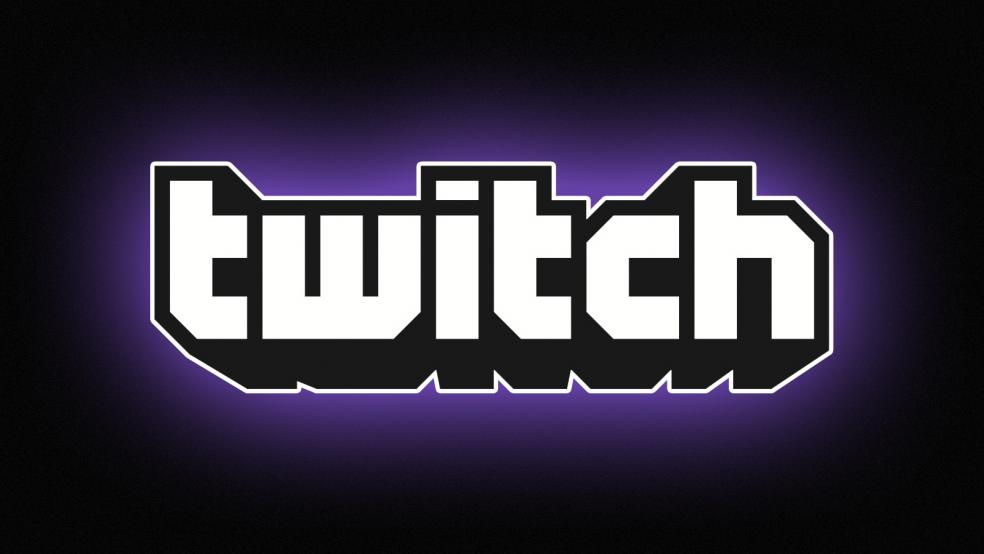Twitch, the online live-streaming site, was meant to go into the hands of Google and YouTube. It seemed a perfect fit. Google already had the functionality of YouTube streams and gaming chops with the Google Play store, and it had the money to pony up a rumored billion-dollar offer. But late Monday, that easy logic of the online rumor mill was shredded. Twitch had agreed to be bought by Amazon for $1.1 billion.
The news left people on both sides of the industry fence scratching their heads. Those who knew of Twitch were confused as to why it sided with Amazon rather than Google. After all, if you believe shows like “Silicon Valley,” it’s every startup CEO’s dream to be offered a billion-dollar buyout from the rainbow-colored search giant. Others were slightly baffled as to how the same company whose founder bought The Washington Post for just $250 million decided to offer up a cool billion dollars for what seems to be a niche product. Many others were left asking the most basic of questions: What is Twitch? And could it possibly be worth this much?
Related: Porn, Drugs, Hitmen, Hackers: This is the Deep Web
What Is Twitch?
To answer those questions, I’m going to take you back — way, way back — to the heady days of 2007. The economy was yet to falter, spirits were high and a small live-streaming startup known as Justin.tv roamed the Internet superhighway looking for people to broadcast their grinning mugs to the world. The vision of Justin.tv was simple: have individuals create their own channels and broadcasts and essentially become part of their own cable package. Simple enough, and this service functioned reasonably well for a few years.
However, one particular section of channels was fast outgrowing the rest: the Gaming section. Players would stream a feed of their screens as they played video games – strategy games, action games, adventure games, each had their own audience – and viewers would watch and comment. A community was born, and after a while this section grew to the point where it had to be spun off into its own site. Twitch.tv was born.
The two sites functioned alongside one another for a while, but in 2012, Justin.tv was permanently closed so that management and development could focus solely on Twitch.
Video Games as Spectator Sports
To the uninitiated, the concept of Twitch streams seems somewhat outlandish. After all, the greatest differentiating factor between video games and other forms of entertainment like music and movies is the nature of participation. To watch someone else play a game might even seem like an exercise in pointlessness. How could there be an audience for this?
Related: Amazon Gets a Boost in its Cloud War With Google
Despite the naysayers, though, eSports have been a thing in Japan and Korea for a while now, with professional players of strategy games like Starcraft selling out stadiums, scoring high-profile endorsement deals, and taking home hundreds of thousands in prize money.
Only recently, though, have eSports become more popular in the West, thanks in part to campaigns like the BarCraft movement, which seeks to elevate video games to a sports-bar spectator sport on the level of football and basketball. The niche seems to be growing, too. Robert Morris University, a small private school in Chicago, began offering athletic scholarships of up to $19,000 per student for professional gamers to add to their fledgling team playing League of Legends.
The meteoric rise in popularity of MOBA (Multi-Player Online Battle Arena) games like League of Legends and Dota 2 also have something to do with it. MOBA’s are high-octane, tense 5-vs-5 matches where success is based on both individual brilliance and an airtight team strategy. A professional round of League of Legends lasts about an hour, and has very little dead time – making it an ideal spectator sport.
Tournaments built around eSports now draw unprecedented crowds. With the convention centers and arenas in which they take place quickly filling up, those who can’t watch live turn to streams. And they turn to them in droves: Last year’s League of Legends Season 3 Championship final – the Super Bowl of competitive gaming — drew a total of 32 million viewers, many of whom were in the 18-to-25 age group coveted by advertisers.
Related: Oculus-Facebooks Deal Creates Rift Between Gamers
There’s only one streaming company with the connections, resources and fanbase to feasibly stream events like these — and, by extension, rake in that glorious advertising and subscriber money. I’ll give you three guesses as to what their name is.
Let’s Play
Twitch is about more than just spectator sports. It’s an entertainment platform, too, with many gamers becoming celebrities not for their gaming prowess but for their wit and charisma. Let’s Plays, videos in which the player narrates or banters over footage of an (often sub-par) video game, have long pinged around YouTube, occasionally making guest appearances on Twitch and other streaming sites. Popular video game reviewers like TotalBiscuit, The Game Grumps and PewDiePie upload three or four videos every day, with each video garnering hundreds of thousands or even millions of views (and potentially significant revenue if each 1,000 views comes with several dollars in ad revenue).
While many of these streamers currently call YouTube their home, that’s often because of the lack of a feasible alternative. Indeed, Google has created some waves in the community recently with a controversial, automated “Content ID” system that looked for copyright violations and removed from the site many videos that it deemed to be in violation, even if they weren’t. In addition, YouTube videos are particularly susceptible to DMCA take-down requests, by which developers can request that negative coverage of their games be taken down.
Related: Video Game Changers: 21 Titles That Rocked the Industry
If Amazon takes steps to make Twitch a more hospitable (or profitable) place for streaming entertainers to do their business, it could make real inroads into a burgeoning Google business.
Why Amazon?
As many industry publications have already pointed out, Amazon has made an almost imperceptible shift into the gaming industry. In 2012, it quietly announced the formation of Amazon Game Studios, a game development house that has put out a few Facebook and Mobile games here and there. More recently, its Android-based Kindle Fire TV, a competitor to Apple TV and the Roku, came with a console-style game controller.
This acquisition of Twitch, though, represents a major step into the gaming industry. Twitch attracts a great deal of traffic to its site on a regular basis — 55 million unique visitors in June this year — all of whom are availing themselves of streaming video content, which is advertising gold. As eSports continue to rise in popularity, funding, and stakes (this year’s penultimate Dota 2 tournament had a $10.9 million prize pool, about five times that of previous years), that number only looks to increase.
More than anything, though, the true value in Amazon’s purchase is not just of the Twitch brand or the integrity of its website. The value lies in the volume of user-generated content that is constantly pumped from gamers’ screens. Paid for only by an ad-revenue split with the broadcasters, this content is much, much cheaper (not to mention easier) than producing original programming. It allows Amazon to stand toe-to-toe with YouTube’s never-ending barrage of cat videos and Ice Bucket Challenges, drawing an audience into Amazon’s ecosystem, where they may then buy other products or use other services.
Given that potential, Amazon’s $1 billion investment could soon seem like a bargain.
Top Reads from The Fiscal Times:





